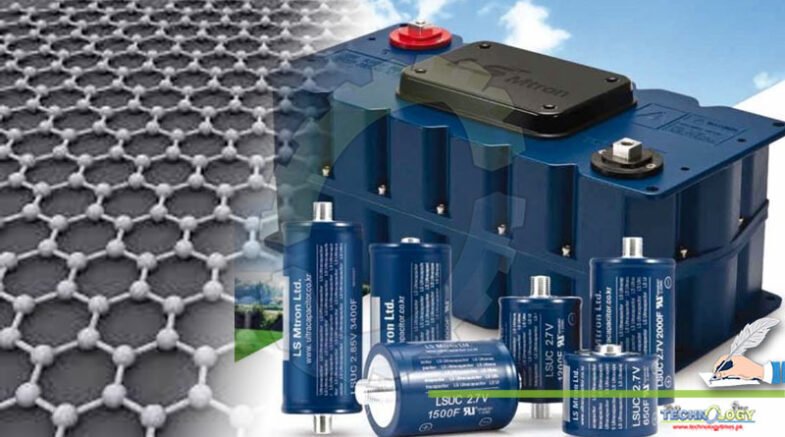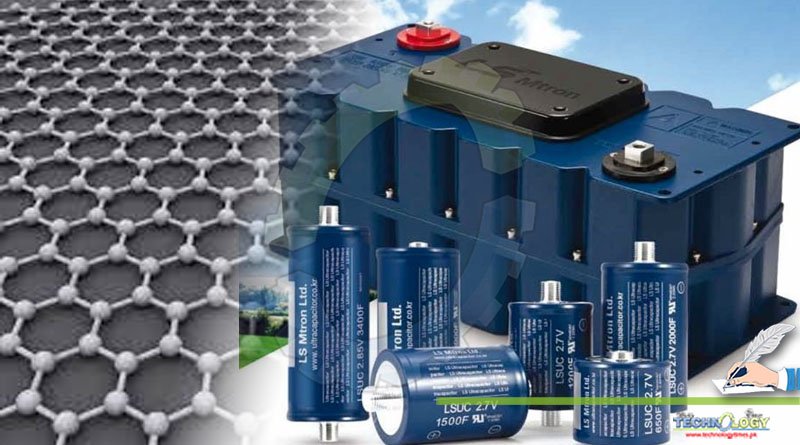Researchers all over the world are struggling to find sustainable energy solutions including material in capacitors and batteries. This is also the necessity of time during the era of electronic evolution.

Energy and especially its Storage is an important debate all over the world. Finally, climate changes and carbon emissions enhances their key role in our societies to aim for clean energy. Researchers all over the world are struggling to find sustainable energy solutions including capacitors and batteries. This is also the necessity of time during the era of electronic evolution. One of any emerging materials of 21st century is Graphene that have potential applications in energy storage devices. Some of the problems of slow charging and discharging of capacitors can be sorted out. Furthermore, Graphene effectively reduces the cost but it is essential to know the foundation and aims to design graphene as supercapacitor.
What is Supercapacitance?
Basically, capacitor is device same as battery that is able to store charge but charge at relatively higher rate but store less energy. The capacity to store the energy is “capacitance”. So what is a super capacitor? It is upgraded version of capacitor which is able to store extremely large amount of energy known as Supercapacitance but basic scientific phenomena of storage remain the same. Supercapacitors are also termed as electric double-layer capacitor (EDLC) or Ultracapacitors.
Similarly, like capacitors supercapacitor contains two metallic plates which have porous material between such as activated carbon (or graphene). During the charging each plate act as an electrode consisting double layer of coated charges named as electric double layer. The storage process is control through electric field generates due to opposite charging of plates while the porous material has ultra large surface area to accommodate high level of charges. These Supercapacitance attributes make it suitable to replace heavy electrochemical batteries. Therefore, Supercapacitor technology adopts by many emergency flashlights and radios to be charge via any mechanical process like winding handle.
Graphene as Supercapacitor
As already discussed, an emerging 21st century material graphene is just a single atomic layer of carbon having cutting edge properties to be promising candidate for Supercapacitors. The astonishing electrical characteristics and ecofriendly attributes with large availability as derived from carbon is great replacement for activated carbon. Graphene contains a very large surface area results in high charge storage. Moreover, Graphene provides supercapacitors to gain very light weight, good strength and elasticity. By comparing these supercapacitors with batteries, they have almost same storage capacity as Lithium-ion batteries and charging and discharging is within seconds. To achieve better porosity of graphene material enormous research projects are ongoing.
Applications of Technology
Supercapacitors consisting graphene have large application involving braking systems used in hybrid heavy duty vehicle. The cranking power stabilizes system to start, stop, and backup in automotive industry such aircrafts and trains. The capture energy technology used to uplift operations, and supercapacitors provide energy to data centers, power failures and power systems like fuel cells and renewable energy grids.
In the world the advanced industries working to commercialize this technology and few are already available in market. This transformation of technology change is inevitable.
